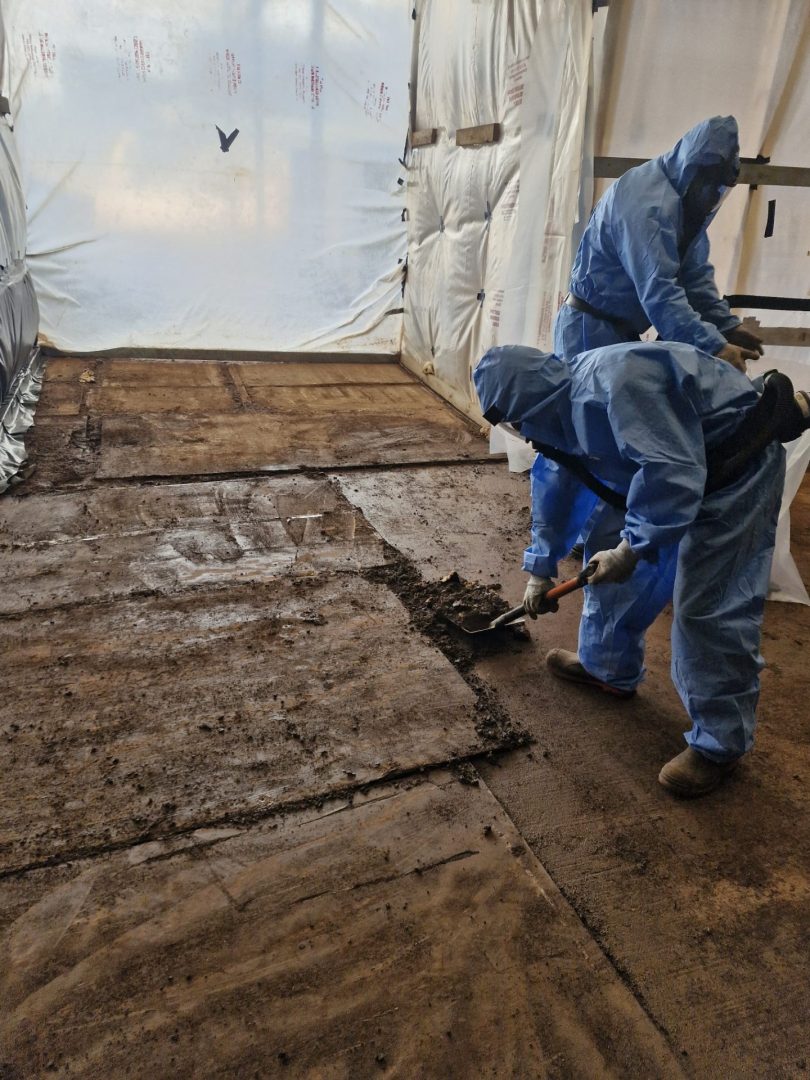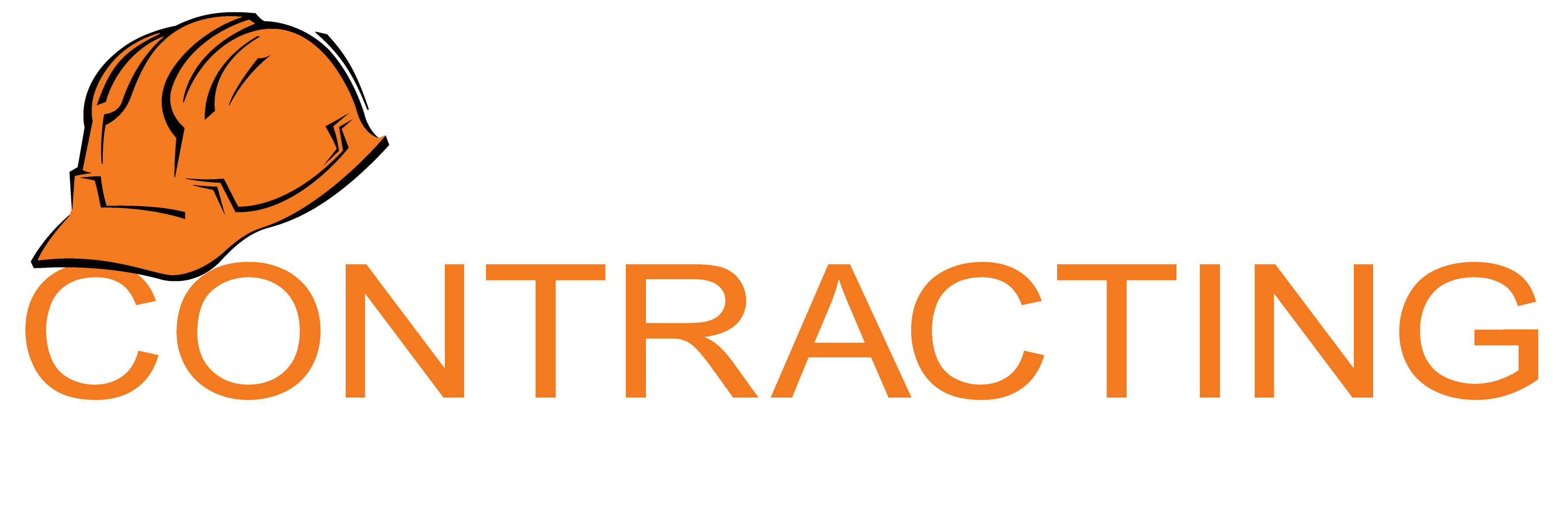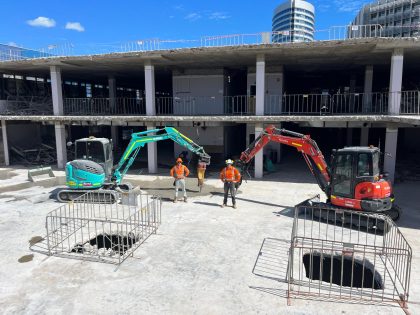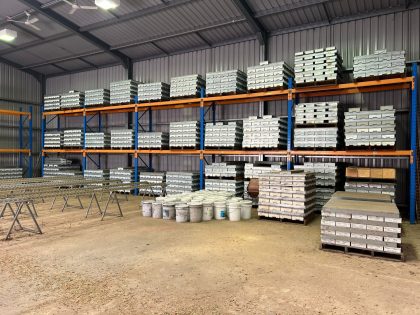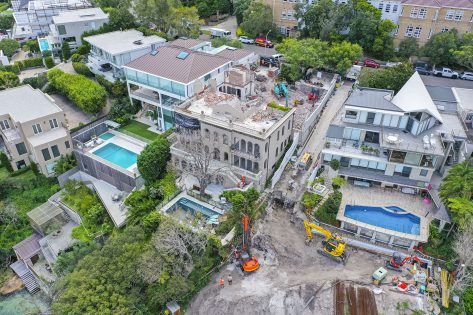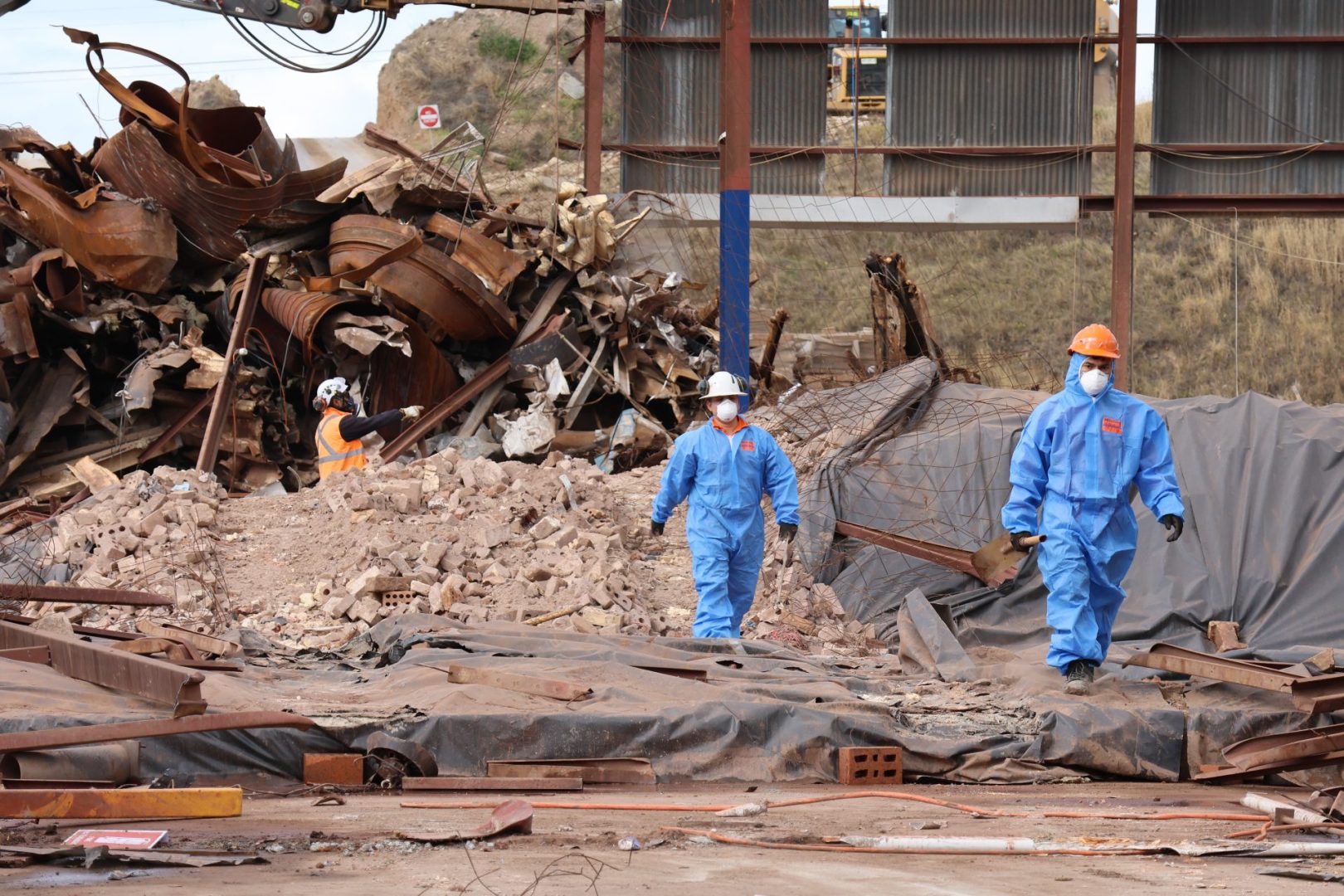
This case study explores the extensive and complex removal of friable asbestos conducted by Perfect Contracting during the redevelopment of an old manufacturing facility. Given the high risks associated with friable asbestos, including severe health risks upon inhalation, this project demanded rigorous safety protocols, specialized techniques, and constant regulatory compliance.
Background and Challenge
- Issue: During the preliminary assessment of a redevelopment site, Perfect Contracting identified significant amounts of friable asbestos in building materials throughout the deteriorating facility.
- Challenge: The primary challenges included safely removing the asbestos without causing airborne contamination, ensuring the health and safety of workers and nearby communities, managing waste disposal according to strict regulations, and maintaining project timelines amidst stringent procedural requirements.

Managing the Asbestos Removal Process
Site Assessment and Planning:
- Detailed Asbestos Survey: A thorough inspection and testing were carried out by certified asbestos assessors to map all asbestos-containing materials (ACM) and plan the removal process.
- Engagement with Regulatory Bodies: Perfect Contracting worked closely with environmental health agencies to ensure all planned activities were compliant with national safety standards.
Implementation of Removal Techniques:
- Enclosure and Negative Pressure: Enclosures with negative pressure systems were constructed around the removal areas to prevent asbestos fibers from escaping into the environment.
- Wet Removal Methods: Friable asbestos was dampened during removal to reduce fiber release, using tools and methods designed to minimize dust generation.
- Controlled Access Zones: Restricted access zones were established to limit entry to trained and equipped personnel only.
Safety and Monitoring Measures:
- Continuous Air Monitoring: Air quality was monitored continuously in and around the work zones to detect any presence of asbestos fibers in the air.
- Personal Protective Equipment (PPE): All workers were equipped with appropriate respirators and disposable coveralls, and decontamination procedures were strictly enforced.
- Health Surveillance: Workers underwent regular health checks to monitor any adverse effects from potential exposure.
Waste Management and Disposal:
- Secure Transport: Asbestos waste was sealed in labeled, airtight containers and transported by certified hazardous waste carriers to approved disposal sites.
- Documentation and Tracking: Comprehensive records of asbestos removal and disposal were maintained for regulatory compliance and future reference.
Challenges and Complexities
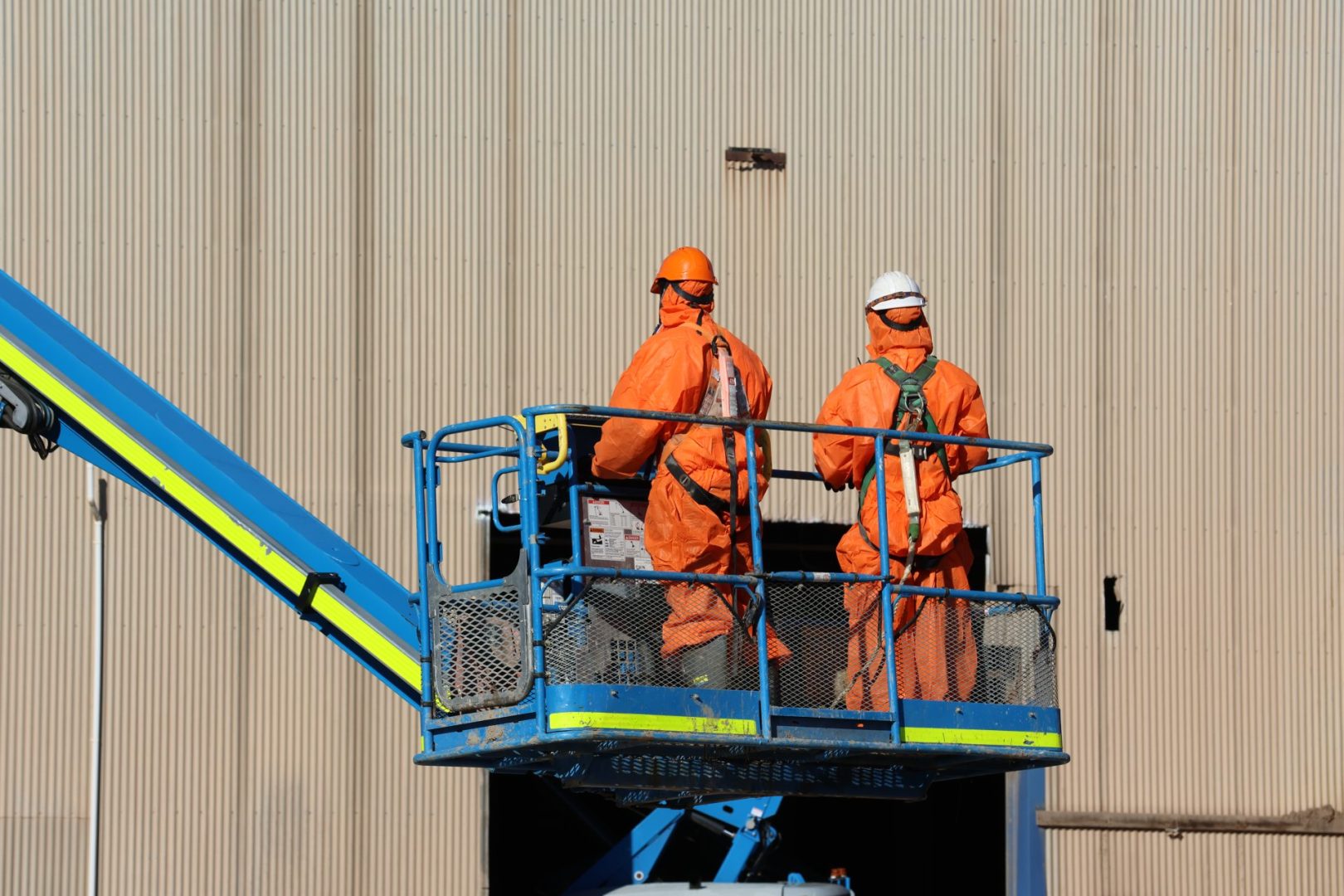
Why it was Difficult:
- Health Risks: The friable nature of asbestos, which easily becomes airborne and is highly toxic, posed significant health risks, requiring exceptional control measures.
- Technical Demands: The need for specialized removal techniques and containment strategies added technical complexity to the project.
- Regulatory Compliance: Adhering to the myriad of laws and regulations governing asbestos removal demanded meticulous attention to detail and ongoing communication with regulatory bodies.
- Labor Challenges: Procuring up to 30 qualified friable asbestos laborers was logistically difficult, as it required ensuring that each worker was certified and experienced in handling hazardous materials, amidst a backdrop of high demand for such specialized skills in the industry. This challenge necessitated extensive coordination and often involved contracting with multiple staffing agencies to meet the project’s stringent safety and compliance standards.
Conclusion
Through its effective management of the friable asbestos removal project, Perfect Contracting demonstrated its commitment to safety, compliance, and community responsibility. The project was completed without any environmental contamination or health incidents, showcasing Perfect Contracting’s expertise in handling hazardous materials and reinforcing their reputation as a leader in safe construction practices.
This case study highlights Perfect Contracting’s meticulous approach to a dangerous and complex task, emphasizing their capability in managing health risks and regulatory requirements effectively.

